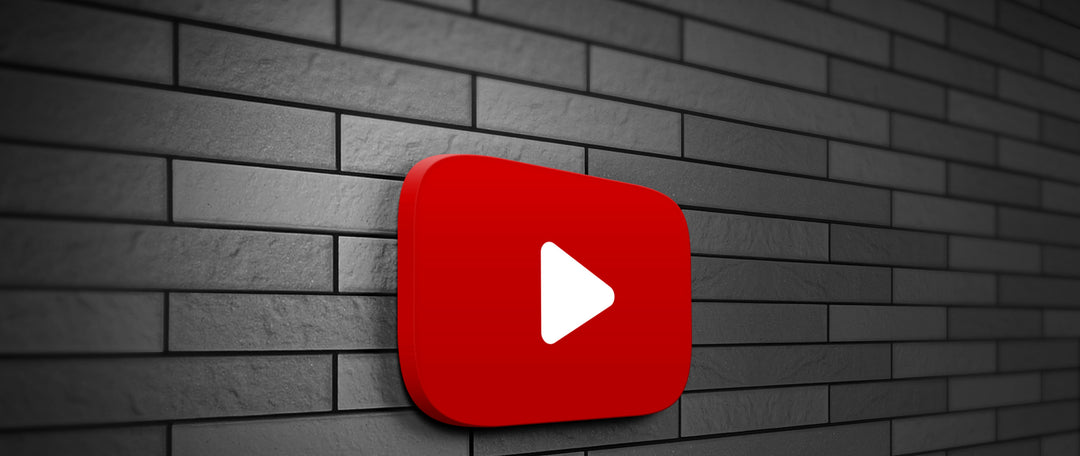Over the past few years, YouTube has become one of the biggest search engines available on the internet today, with millions of new videos uploaded every single day. If you’re running a YouTube channel, or have been thinking about starting one, then it’s likely that you want to see some extra traffic flowing through your page so that you can start building an audience and grow your business. To help you out, here are free strategies to increase traffic to your YouTube channel today.
Improve Tags
The first way to increase traffic is with tags. Tags are words or phrases that describe what your video is about. When you’re first uploading a video, one of your first tasks will be to add tags for it—don’t forget them! Improving how well your tags match up with other related videos can help boost views and keep viewers engaged with your channel for longer. YouTube search is surprisingly robust, so you don’t have to worry too much about whether people will find your content; they probably already have. But like any good marketer, increasing visibility makes business sense. Think carefully when adding tags: Not only do they affect search rankings, but each tag must also appear in 10 percent of all videos on YouTube in order to be displayed on people’s channels as suggestions when searching for similar content. ➦💡
Optimize Your Video Title
Optimizing your video titles can help you generate more views from search engines. The first two words of your title should be used for keywords (i.e., topics or categories that most accurately describe your video). This makes it easier for people to find your videos in search results, which means more people will watch them and click on them. And since YouTube is a search engine, optimizing your titles helps you show up in Google searches too. How cool is that? For example, let’s say I make vlogs about how to play piano. If I upload a video titled How to Play Piano Really Fast, chances are pretty good that searchers would want to know if they’ll actually learn how to play fast – because who doesn’t want to be an expert pianist?
Optimize Each Video Description
The first thing you should do is write a compelling video description for each of your videos. Think about what kind of things people might search for when looking for something similar to your content. With that in mind, create a short sentence or two (or three) that describes what’s in your video. Make sure it’s specific and punchy—this will get people clicking on it over other videos if they like what they see in the title and tags. Try to leave yourself enough room in your description to mention any relevant links back to relevant pages on your website. There’s no set length requirements here, but Google won’t let you go beyond 4,000 characters total; use as many characters as necessary so that users can easily find out more about whatever it is you want them to know about. As a rule of thumb: aim for 200–250 words per video.
Optimize Each Outbound Link
For starters, make sure that each outbound link you include in your video description points to a relevant landing page. It’s not enough to simply direct visitors back to your main channel; instead, you want each link you include in your video descriptions to drive traffic directly back to a more detailed, valuable resource for your subscribers. This is known as link building, and it plays an important role in search engine optimization (SEO). When done right, these links will improve your rankings within search engines—which means increased viewership for all of your videos! That sounds like something worth optimizing for, doesn’t it?










